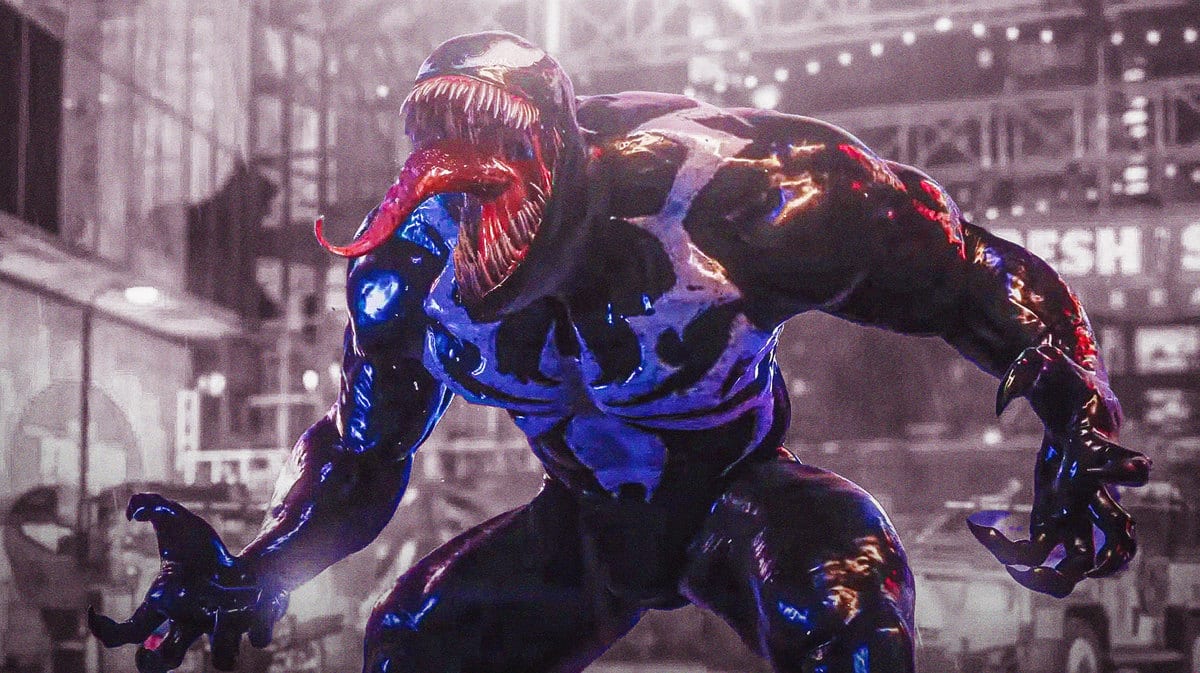It was recently revealed that Marvel’s Spider-Man 2, the highly anticipated game from Sony Interactive Entertainment and Insomniac Games, utilized only a fraction of the recorded dialogue for one of its central characters, Venom. This information came to light during a recent panel at the Fan Expo in San Francisco.
Tony Todd, the acclaimed actor lending his voice to the character of Venom, shared that a mere 10% of his recorded dialogue was included in the final version of the game. This revelation has sparked considerable speculation among fans and industry observers about the broader implications for the game's narrative and future content releases.
Todd also disclosed that he had recorded lines for a scenario that did not make it into the game, involving Miles Morales and the symbiote. This news has intrigued the gaming community, as it suggests a more complex narrative arc that could have been explored in Marvel’s Spider-Man 2. The prospect of a symbiote-infused storyline with Morales at the center hints at potential future developments, possibly in a sequel or as part of downloadable content (DLC).
The discussion about the game's development extended beyond its narrative aspects. Mike Fitzgerald, Director of Core Technology at Insomniac Games, delved into the technical challenges faced during the creation of Marvel’s Spider-Man 2. A key point of discussion was the possible inclusion of Ray Traced Global Illumination (RTGI) in the game.
Fitzgerald highlighted the inherent difficulties in balancing the demands of the game’s dynamic environment with the technical possibilities of RTGI. The iconic cityscape of New York, a fundamental aspect of the game, requires careful consideration in terms of visual fidelity and performance. The reflections and lighting play a significant role in creating the game's immersive experience, which had to be weighed against the need for smooth gameplay.
Another focal point of Fitzgerald's insights was the game's high-speed traversal system, a defining feature of the Spider-Man experience. The rapid movement through the city poses unique challenges for rendering techniques like RTGI. According to Fitzgerald, achieving a seamless integration of these advanced visual technologies without compromising the fluidity of gameplay is a delicate balancing act.
Despite these challenges, Fitzgerald expressed admiration for the advancements made by other developers in RTGI and similar technologies. He hinted that the evolving landscape of gaming technology offers exciting opportunities for future games, potentially including subsequent iterations of the Spider-Man series.
This combination of narrative revelations and technical insights paints a complex picture of Marvel’s Spider-Man 2. The game's development evidently involved significant creative and technical decision-making, leading to a final product that has captured the attention of gamers worldwide.
The unused dialogue from Venom, particularly the teased scenario with Miles Morales, adds an element of mystery to the game. It suggests that Insomniac Games might have plans to revisit this storyline, either in a direct sequel or through additional content releases. This possibility keeps the community engaged and eagerly anticipating what might come next in the Spider-Man universe.
On the technical front, Fitzgerald's comments underscore the continuous innovation and adaptation required in modern game development. As technologies like RTGI become more prevalent and accessible, they open new avenues for enhancing the visual and interactive elements of video games. This ongoing evolution promises to bring even more immersive and visually stunning experiences to gamers in the coming years.



















